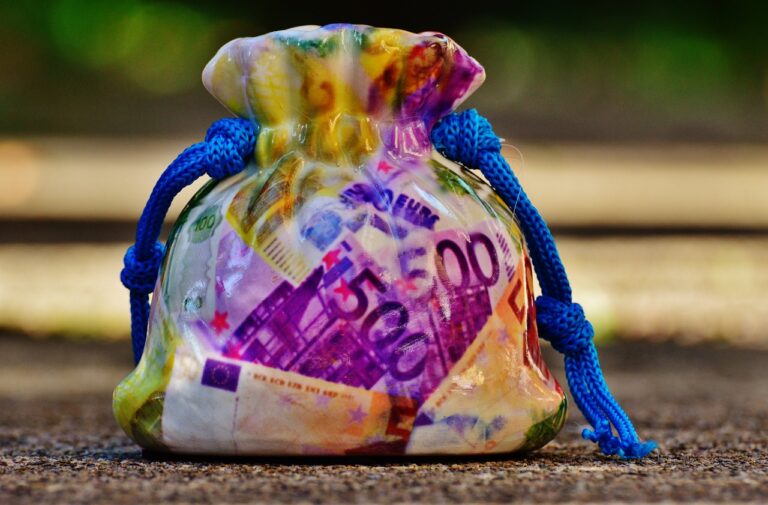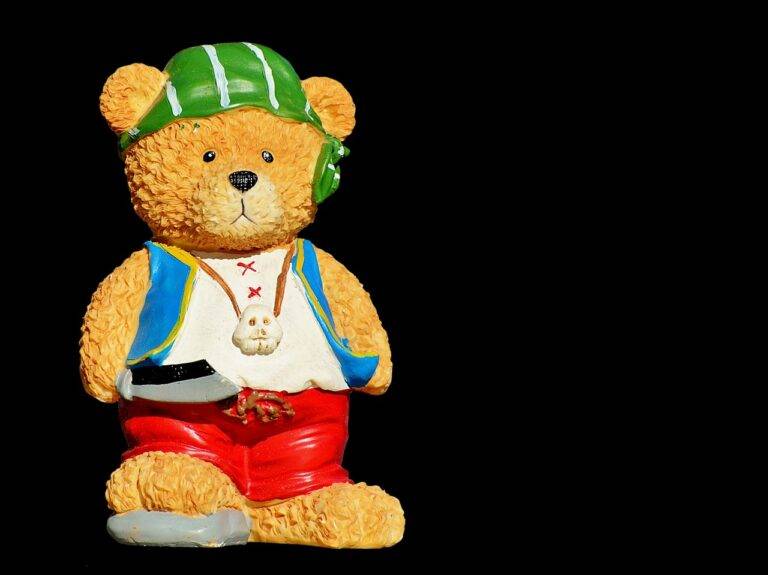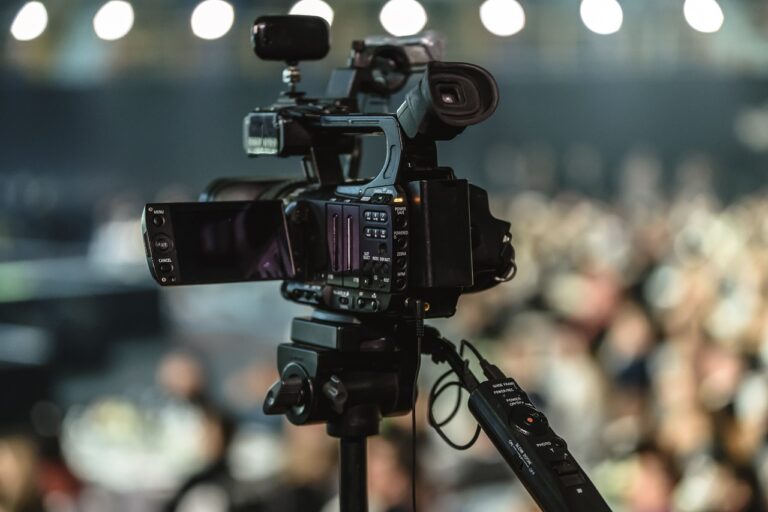The Role of Museums in Indigenous Cultural Heritage Preservation: Welcome 11xplay, Laser247. Com, World777.com registration
welcome 11xplay, laser247. com, world777.com registration: Museums play a crucial role in preserving Indigenous cultural heritage through the collection, exhibition, and interpretation of artifacts, artworks, and other cultural materials. These institutions provide a platform for Indigenous communities to share their stories, traditions, and beliefs with the wider public, helping to promote a better understanding and appreciation of their cultural heritage. In this blog post, we will explore the importance of museums in the preservation of Indigenous cultural heritage and the ways in which these institutions can work collaboratively with Indigenous communities to ensure the long-term protection of their heritage.
The Role of Museums in Indigenous Cultural Heritage Preservation:
1. Collection and Preservation: Museums collect and preserve a wide range of cultural materials, including objects, documents, photographs, and audiovisual recordings that are of significance to Indigenous communities. By safeguarding these materials in their collections, museums ensure that they are protected from deterioration and loss, allowing future generations to learn about and engage with their cultural heritage.
2. Exhibition and Interpretation: Museums play a vital role in presenting Indigenous cultural heritage to the public through exhibitions, displays, and educational programs. These initiatives provide opportunities for Indigenous communities to showcase their traditions, practices, and artistic expressions, helping to raise awareness and appreciation of their cultural heritage among visitors.
3. Research and Documentation: Museums conduct research and documentation activities that contribute to the understanding and preservation of Indigenous cultural heritage. Through collaborations with Indigenous communities, museums can collect oral histories, conduct fieldwork, and engage in community-based research projects that capture and document traditional knowledge and practices.
4. Cultural Revitalization: Museums can support Indigenous communities in their efforts to revitalize and preserve their cultural heritage through partnerships, collaborations, and outreach programs. By working together with Indigenous stakeholders, museums can assist in the preservation of language, storytelling, art, and other cultural practices that are essential to the identity and wellbeing of Indigenous communities.
5. Community Engagement: Museums can engage with Indigenous communities in meaningful and respectful ways that promote dialogue, collaboration, and shared decision-making. By involving Indigenous stakeholders in the planning, development, and implementation of exhibitions and programs, museums can ensure that their cultural heritage is represented accurately and authentically.
6. Advocacy and Outreach: Museums can advocate for the rights and interests of Indigenous communities in matters related to cultural heritage preservation, repatriation, and restitution. By raising awareness and promoting dialogue about the importance of Indigenous cultural heritage, museums can help to foster greater understanding and appreciation of Indigenous cultures and traditions.
In conclusion, museums play a vital role in the preservation of Indigenous cultural heritage by collecting, preserving, exhibiting, and interpreting cultural materials of significance to Indigenous communities. By working collaboratively with Indigenous stakeholders, museums can support efforts to revitalize, safeguard, and promote Indigenous cultural heritage for future generations to enjoy and learn from.
FAQs:
1. How do museums work with Indigenous communities to preserve cultural heritage?
Museums collaborate with Indigenous communities through partnerships, consultations, and resource sharing to support the preservation of cultural heritage.
2. What is the significance of repatriation in Indigenous cultural heritage preservation?
Repatriation involves returning cultural materials and human remains to their rightful Indigenous owners, helping to restore cultural continuity and integrity.
3. How can museums promote awareness and appreciation of Indigenous cultural heritage?
Museums can promote awareness and appreciation of Indigenous cultural heritage through exhibitions, educational programs, and outreach initiatives that engage diverse audiences.







